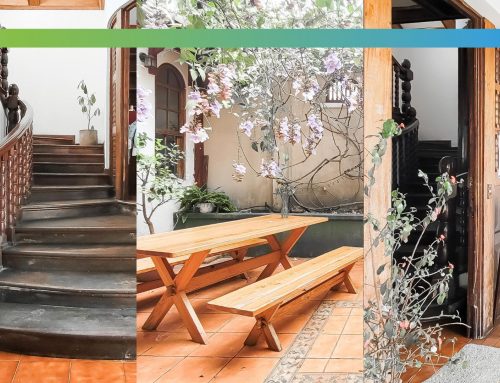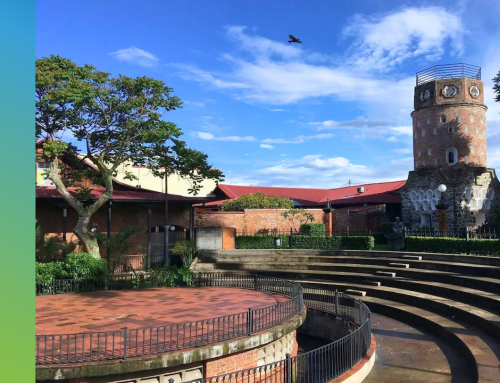Costa Rica is located in the Pacific Ring of Fire, a region known for high seismic activity. This belt stretches along the western coast of the Americas, from Alaska to New Zealand. Consequently, earthquake safety is a top priority for the country. The Costa Rican Seismic Code (CSCR10) has become crucial in achieving this objective.
We spoke with Federico Golcher, a structural engineer, about this regulation, its significance, and its history.
The seismic code is crucial for protecting both people’s well-being and the investment in structures. These guidelines, established by the Permanent Committee at the CFIA, are based on national and international studies that have contributed over the years to making buildings in the country stable and secure.
Costa Rica’s seismic history
Costa Rica is situated in the Pacific Ring of Fire, a region known for its high seismic and volcanic activity, making it susceptible to earthquakes. The seismicity of Costa Rica is influenced by three main factors: its location, the presence of active geological faults in the country, and volcanic activity.
Throughout its history, Costa Rica has experienced numerous earthquakes, some of which have been devastating. The strongest recorded earthquake in the country occurred in 1910, with a magnitude of 7.9, leading to the destruction of the city of Cartago. It is estimated that 90% of the city was reduced to ruins.
Other significant earthquakes occurred in 1860, 1974, 1991, and 2012.
The creation of the Seismic Code
Seismic codes are guidelines that compile and organize a set of standards and practices for earthquake-resistant design. These codes serve a fundamental purpose: ensuring the safety of occupants and preserving structural integrity. This aligns with pre-defined performance objectives.
Costa Rica’s Seismic Code was established in 1977 with the help of the Federated College of Engineers and Architects of Costa Rica (CFIA). The code was last revised in 2010 to incorporate the latest advancements in seismic engineering.
The CSCR10 divides the country into zones based on its seismic risk. This helps to determine the specific requirements that structures must meet in each zone.

General requirements of Costa Rica’s Seismic Code
The code outlines the minimum criteria for designing and constructing earthquake-resistant structures in Costa Rica. These requirements include:
The seismic code ensures the highest possible performance in each construction, which is why the formality and support of a structural engineer are crucial in every process.
This contrasts with documented cases where constructions have been more informal and, consequently, more prone to damage in the event of earthquakes.
Implementation and advantages of the CSCR10
The implementation of CSCR has had a positive impact on the seismic safety of Costa Rica. According to a study conducted by the Costa Rican Institute of Electricity (ICE), CSCR has reduced the risk of structural collapse by 75%.
The benefits of CSCR can be summarized in the following points:
- Protection of life and property.
- Reduction of reconstruction costs.
- Improvement of construction competitiveness in the country.
In addition to these benefits, CSCR also helps ensure that structures are designed efficiently and economically. The GEsDi-CSCR10 tool, developed by the Seismic Engineering Laboratory at the University of Costa Rica (UCR), helps engineers design structures that meet CSCR requirements and are safe, efficient, and cost-effective.
Digital tools use real seismic data to generate the required design spectra for seismic analysis of structures. These spectra take into account factors like location, type, and usage of the structure. Additionally, they enable the selection of various design parameters, such as structural ductility and soil type.
Seeking the guidance of a professional not only protects your investment but also guarantees your safety. The code addresses seismic safety considerations that extend beyond the structure, emphasizing the importance of comprehensive planning.







